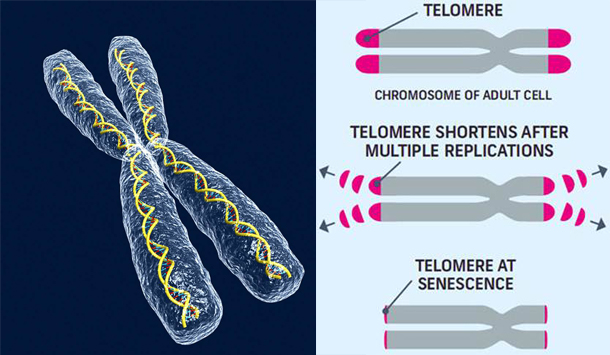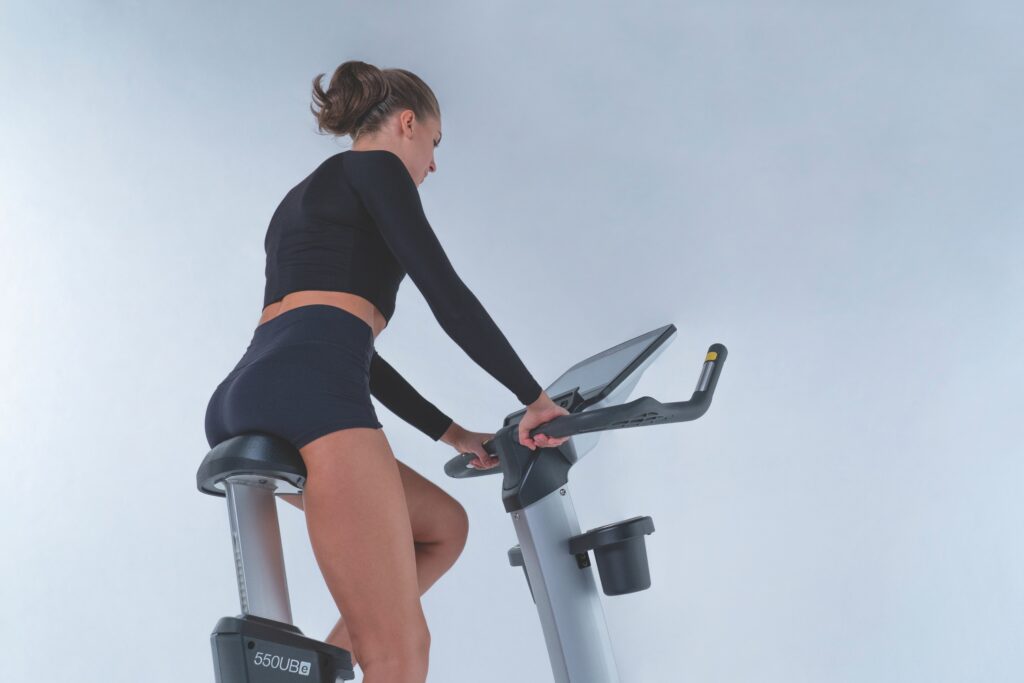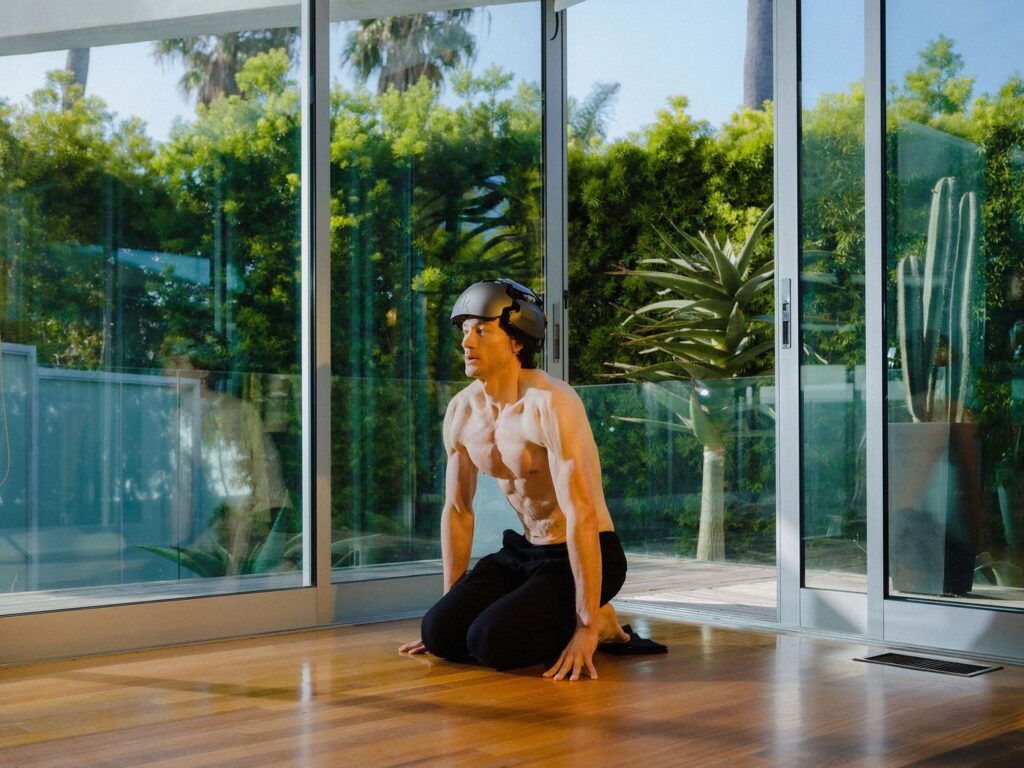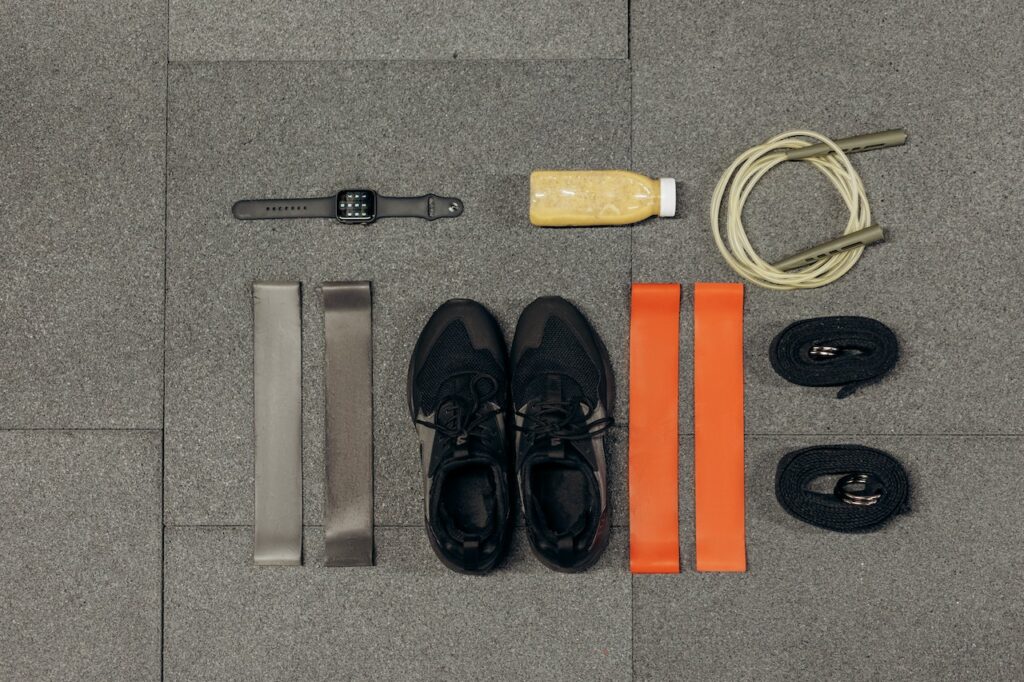What Exercises Are Best For Improving The Telomeres Length?
Lifestyle • June 10, 2022 • 10min read

You probably know that exercise and physical activity are tightly connected to a more robust and healthier life. But do you know that they are also connected to a longer lifespan?
Telomeres are caps at the end of chromosomes protecting human genes and preventing DNA damage. As we grow old, and with every cell division, telomeres grow shorter. Hence, telomeres length is believed to be correlated with life expectancy.
Numerous health issues including cardiovascular disorders, chronic inflammations, obesity, stress, and diabetes are mostly connected to telomeres shrinkage. Moreover, these processes are interrelated.
However, brisk walking and persistent but moderate exercises are associated with a lower risk of obesity, inflammation, stress, and other degenerative diseases. Consequently, chronic physical activity is believed to positively affect the telomeres’ length prolonging the human lifespan.
In this article, we are talking about the effects of brisk walking, running, balanced training, and lifestyles that are closely connected with telomeres length and life expectancy.
Telomeres Length And Aging
External aging is visible with naked eyes, but there is another aging that occurs inside our cells that is hard to follow and stop. The latter is called biological aging which may not always be parallel with your calendar age.
Research suggests that the number of years you lived does not always indicate your biological age. Oftentimes we meet people looking younger than their actual calendar age. You may think this to be a genetic gift. This theory contains a portion of truth however, this phenomenon may also be connected with the person’s fitness and lifestyle.
Scientists are constantly looking for answers to why and how we age. And what can be done to slow down or even reverse the aging process. One of the indicated causes of aging is the length of the telomeres.
Comparatively, a 40-50 years old person has half of the newborn baby’s telomeres length. Yet, according to one study, telomeres may maintain their length from childhood till early adulthood, but begin shrinking from later adulthood.

Although some scientists have controversial opinions about telomeres’ length and their connection with longevity, it has been indicated that shorter telomeres are associated with different types of cancers, heart disease, neurodegenerative diseases such as Alzheimer’s and Parkinson’s diseases, and dementia.
During our lifetime, we lose a significant amount of telomere length causing accelerated aging and the onset of numerous health conditions. Sedentary lifestyle, nutrition, and mental conditions seem to be directly connected to shorter telomeres, and hence shorter lifespan.
On the contrary, athletes, long-distance runners, and people following a healthy lifestyle and diet demonstrate longer telomeres and slow biological aging. Additionally, there are ongoing studies aiming to find a correlation between physical training and telomere length.
Does Exercise Increase Telomere length?
Scientists believe that the association between training and telomeres’ length is arguable. Some scientists did not see the association between exercise and telomeres. Others did not believe that telomeres’ length is an indicator of human lifespan or biological age.
Yet, recent studies ascertain the connection between physical activity and a longer telomere length. Besides, the data from the telomeres test demonstrated to carry information about a person’s biological age and health conditions. As reported in the published research, telomeres are partially connected to our aging process.
Hence, a moderate amount of certain types of exercises helps large groups of people maintain a healthy telomeres’ length.
A recent study with 405.981 UK Biobank participants showed remarkable links between the walking pace and telomeres’ length. Previously, the researchers from the University of Leicester demonstrated that brisk walkers have 20 years longer life expectancy than slow walkers. Moreover, during this recent study, they managed to draw causal links between brisk walking and telomeres’ length.
Tom Yates, senior author, and Professor of Physical Activity, Sedentary Behavior, and Health, mentioned that during the previous studies the scientists advised that slow walking is a strong predictor of health conditions. As follows, the slow walking pace indicates that a person is experiencing unhealthy aging, and may be at risk of developing chronic diseases.
After the study with a large cohort longer-term and self-reported physical activity displayed evidence of how brisk walking can affect the leukocyte telomeres’ length (LTL). Leukocyte telomeres are tightly connected with human lifespan and health. The brisk nature of walking among the middle-aged participants was reported to increase the leukocyte telomeres’ length by at least 40%.
With the help of wearable technology, the participants were able to choose the pace of their usual walking. The data collected showed that more than half of the participants (52.3%) were steady/average pace walkers 6.6% of which were slow walkers. The other 41.1% reported being brisk walkers.
Interestingly enough, the brisk or steady/average walkers were actively engaged in physical activities, were comparably younger, were non-smokers who used less or zero alcohol, and were less likely to suffer from any chronic diseases or have movement limitations.
Conversely, the slow walkers reported engaging in less physical training and tend to obesity. The latter is a trigger for oxidative stress and inflammations. Hence, a huge cause of telomeres’ attenuation.
As a result, the authors of this study believe that the LTL is indeed a clear indicator of biological age. So, knowing that the brick nature of walking positively affects the telomeres’ length they suggest that fast walking may lead to a younger biological age.
According to numerous available studies, there are several types of aerobic exercises (cardio) that show advantageous outcomes for telomeres’ length. Here we list those exercises, you are free to choose the ones that are fit for your body and health.
- Low-end aerobic exercises that will improve mitochondrial functioning. This includes cycling or jogging on an elliptical machine, yoga, pilates, and dancing. You may listen to Peter Attia talking a lot about this type of training which is beneficial for healthy aging.
- Endurance exercises were shown to be a better choice for effectively increasing the telomeres’ activity. The study published in Europen Heart Journal demonstrated how running, cross-country skiing, swimming, and cycling can be beneficial for slow and healthy aging. The study was conducted in comparison with the resistance training which included heavy weight lifting or strength training and has no noteworthy effects on telomeres’ length.

- Brisk walking is the type of training we have already talked about above. This type of walking is both beneficial for your heart take and also an effective way to slow down biological aging.
- HIIT with 4×4 training method. This is a training method that includes 4 minutes of high-intensity training. Then 3 minutes of low-intensity training. This type of physical activity can be practiced 3 times a week. During these exercises, you may even “lose your breath” but to the extent of not harming your body with oxidative stress and can exchange words with your training partner.
Exercising is a core component of healthy aging. But standing alone in your lifestyle, exercises may hardly be beneficial. So, read on to learn additional other methods of how you can rebuild your telomeres activity and slow down your biological aging.
How Else Can You Rebuild Telomeres?
Telomeres testing is a means to tell your doctor and you about the length of your telomeres in relation to your age and health. The results of these tests carry information about the attrition of telomeres length and possible health degeneration.
Scientists suggest that proper lifestyle and diet choices positively affect the telomeres’ length. Having information from your telomeres test you will be able to design a lifestyle and nutrition that fits your body best.
But, what are the best lifestyle patterns to rebuild telomeres?
According to studies, nutrition and lifestyle variables highly affect telomeres’ length. Smoking, excessive alcohol consumption, sedentary lifestyle are considered to be major culprits of telomeres’ shortening.
Leukocytes are white blood cells that help the body withstand infections. Leukocyte telomeres length is also known as an indicator of the biological age of cells. According to the above-mentioned study, leukocyte telomeres length is highly dependent on your food choices.
- Thus, scientists suggest eating nuts, legumes, natural juice, unprocessed products, and consuming moderate amounts of coffee. These types of foods show promising effects on leukocytes’ telomeres length and a stronger immune system.
- Other than these foods rich in nutrients, you can also positively affect your telomeres’ length through supplements like Vitamin D, C, and E. Also, NMN food supplements, show significant improvements in NAD+ levels and Sirtuin 1 activity. The latter two are actively involved in the maintenance of telomeres’ length.
- Another mechanism that can help you maintain your telomeres’ length is the correct diet pattern. As an example, people following a Mediterranean diet (rich in vegetables and fruits, legumes, nuts, unrefined cereals, a moderate amount of seafood, and red wine) demonstrated longer telomeres.
Adversely, people following the “western dietary pattern” (with refined grains, carbonated drinks, red and highly processed meat) demonstrated shorter leukocyte telomeres length.
The reason the Mediterranean diet works effectively in rebuilding telomeres’ length is that the foods forming this diet pattern are rich in antioxidants. And antioxidants in their turn prevent oxidative stress and inflammation in the aging body. Likewise, low inflammation and oxidative stress may contribute to positive telomeres’ length throughout the body cells.

- Another hallmark of short telomeres is the presence of chronic stress. Chronic or constant stress suppresses our body’s natural functions which are breathing, blood circulation, heartbeat, and digestion. Chronic stress may lead to inflammations affecting heart health and cognitive function.
To prevent this from happening, you should build mechanisms that will help you reduce stress. Also, prevent inflammation and health decline. As a healing agent for stress and inflammation, you can use your lungs and stomach for refilling your body with fresher air. With that being said, you can reduce stress levels with breathing exercises. As studies show, low inflammation and stress positively affect telomeres’ length.
In addition, you can pursue the lifestyle pattern of a famous scientist in the field of longevity David Sinclair. Dr. Sinclair advises well-designed nutrition and lifestyle ready to be used immediately.
Closing Remarks
Our life consists of constant movement and progress. These are the core elements for moving forward and improving human existence. Similarly, physical activity and movement are the kernels of the body’s youthfulness and stable health.
Telomeres, the caps at the end of our chromosomes, protect our DNA from degradation and tend to shorten while we age. As a result, we lose essential information on how to build new cells, and how to stay young for longer. But scientists deliver a solution for maintaining the telomeres’ length throughout our life to be able to slow down biological aging.
And that solution is being active, and building a plan for daily exercises and nutrition. Aiming to double the effect of these natural methods of longer life expectancy, you can support your body with vitamins and NMN supplements.



